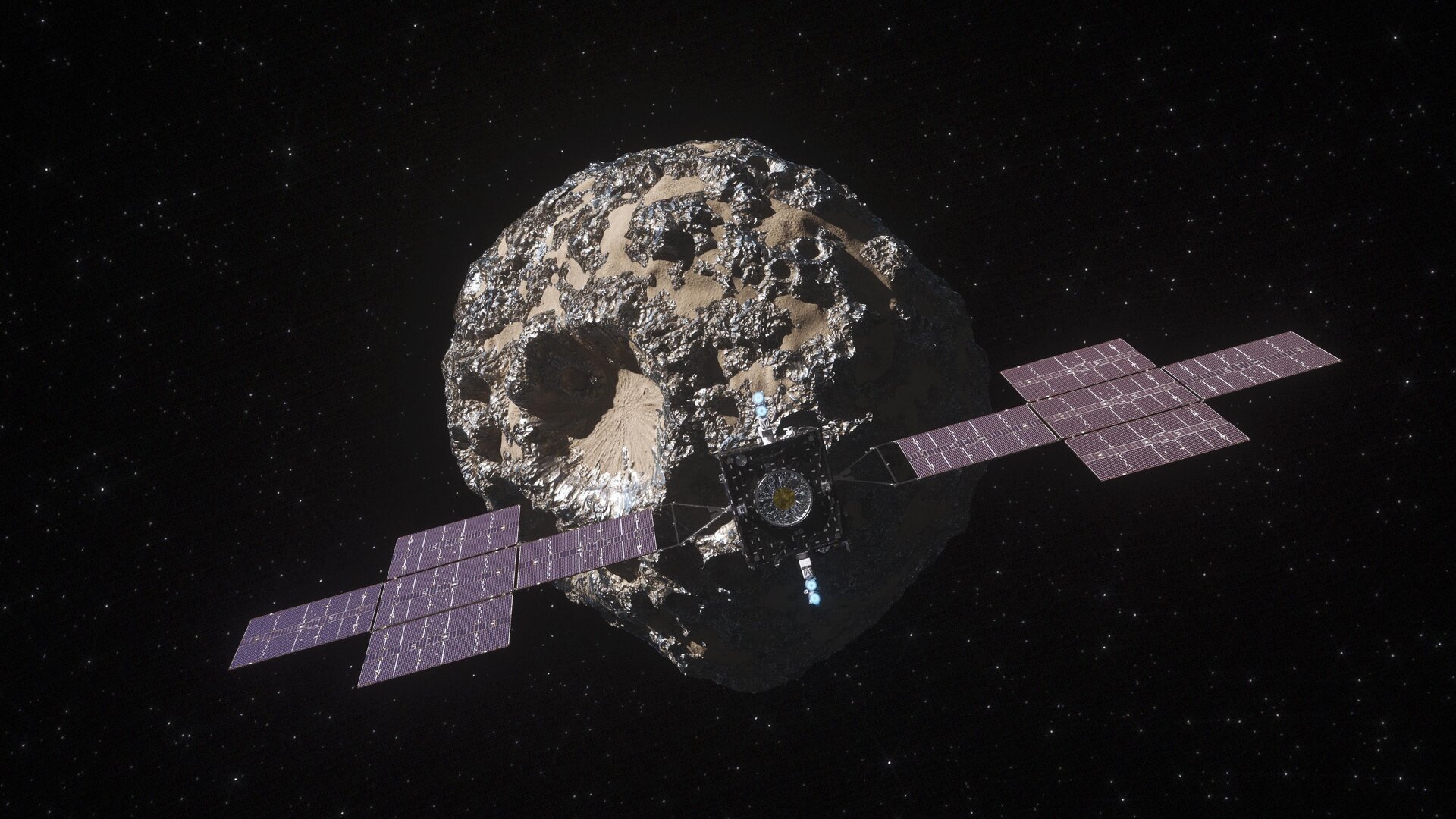Key Takeaways
- The European Space Agency successfully established an optical communication link with NASA’s Psyche mission, demonstrating interoperability in deep space communication.
- This milestone marks the first of four planned links this summer and aims to enhance high-speed connectivity for future deep-space missions.
- The successful link was achieved through years of preparation and collaboration, involving advanced technologies and collaboration between ESA and NASA.
Historic Achievement in Deep Space Communication
On July 7, 2025, the European Space Agency (ESA) made a significant leap in deep space communications by establishing its first optical link with NASA’s Psyche mission. This successful transmission-reception optical connection took place when the Psyche spacecraft was approximately 265 million kilometers (1.8 astronomical units) away.
This achievement showcases the collaborative potential between ESA and NASA, moving beyond traditional radiofrequency systems to advanced optical communication technology. Rolf Densing, ESA’s Director of Operations, emphasized that this milestone brings terrestrial internet-like connectivity closer to deep space missions, showcasing the importance of international cooperation in space exploration.
Technical Implementation and Challenges
The groundbreaking link was made possible through sophisticated ground facilities transformed from two observatories in Greece. The Kryoneri Observatory directed a powerful laser beam toward the Psyche spacecraft, and while this beacon carried no data, it allowed the onboard Deep Space Optical Communications (DSOC) experiment to send a return signal back to Earth. This signal was captured by the Helmos Observatory, highlighting the intricate nature of the operations.
The project faced significant challenges, including the requirement for a powerful laser to accurately target a distant spacecraft and a highly sensitive receiver capable of detecting faint return signals. Sinda Mejri, the project manager for ESA’s Ground Laser Receiver system, noted that both these hurdles were overcome through technological innovation and collaboration.
NASA’s Jet Propulsion Laboratory (JPL) employed advanced navigation techniques to support the communication efforts. This included using Delta-Differential One-Way Ranging (Delta-DOR) to monitor the spacecraft’s position accurately, with ESA’s Space Operations Centre assisting in adjusting for environmental variables that could affect the laser’s targeting accuracy.
A Collaborative Effort
The successful establishment of this optical link resulted from years of preparation and teamwork among various institutions. High-power lasers and sophisticated receivers were integrated into special equipment designed to function optimally in the challenging conditions of deep space. A rehearsal campaign in April tested the technology with ESA’s Alphasat satellite, providing a proving ground for the ambitious project.
Clemens Heese, ESA’s Head of Optical Technologies, spoke about the team’s exceptional effort, stating that achieving safe installation and operational readiness within a day exemplified their coordination and precision.
Looking Ahead: The Future of Deep Space Communication
This milestone not only underscores a technical advancement but also signals the future potential for deep space communication. Optical links have the capacity to transmit data rates that are significantly higher than current radiofrequency systems. Andrea Di Mira, the project manager for ESA’s Ground Laser Transmitter system, discussed the transformative potential of combining optical technology with existing systems to meet the increasing data needs of deep space missions.
ESA plans to harness this success as a basis for its proposed ASSIGN (Advancing Solar System Internet and Ground) program, aiming to streamline various communication networks for future missions.
The collaboration for the DSOC demonstration involved a consortium of European companies and the National Observatory of Athens, demonstrating the extensive international partnerships that made this project a reality. This initiative will pave the way for enhanced communication capabilities, not just for ESA but for future human missions to Mars and beyond, including the development of a Mars electric propulsive tug named ‘LightShip’ for interplanetary travel.
The thriving collaboration between ESA and NASA signifies the hope for seamless communication in future exploratory ventures beyond Earth.
The content above is a summary. For more details, see the source article.














